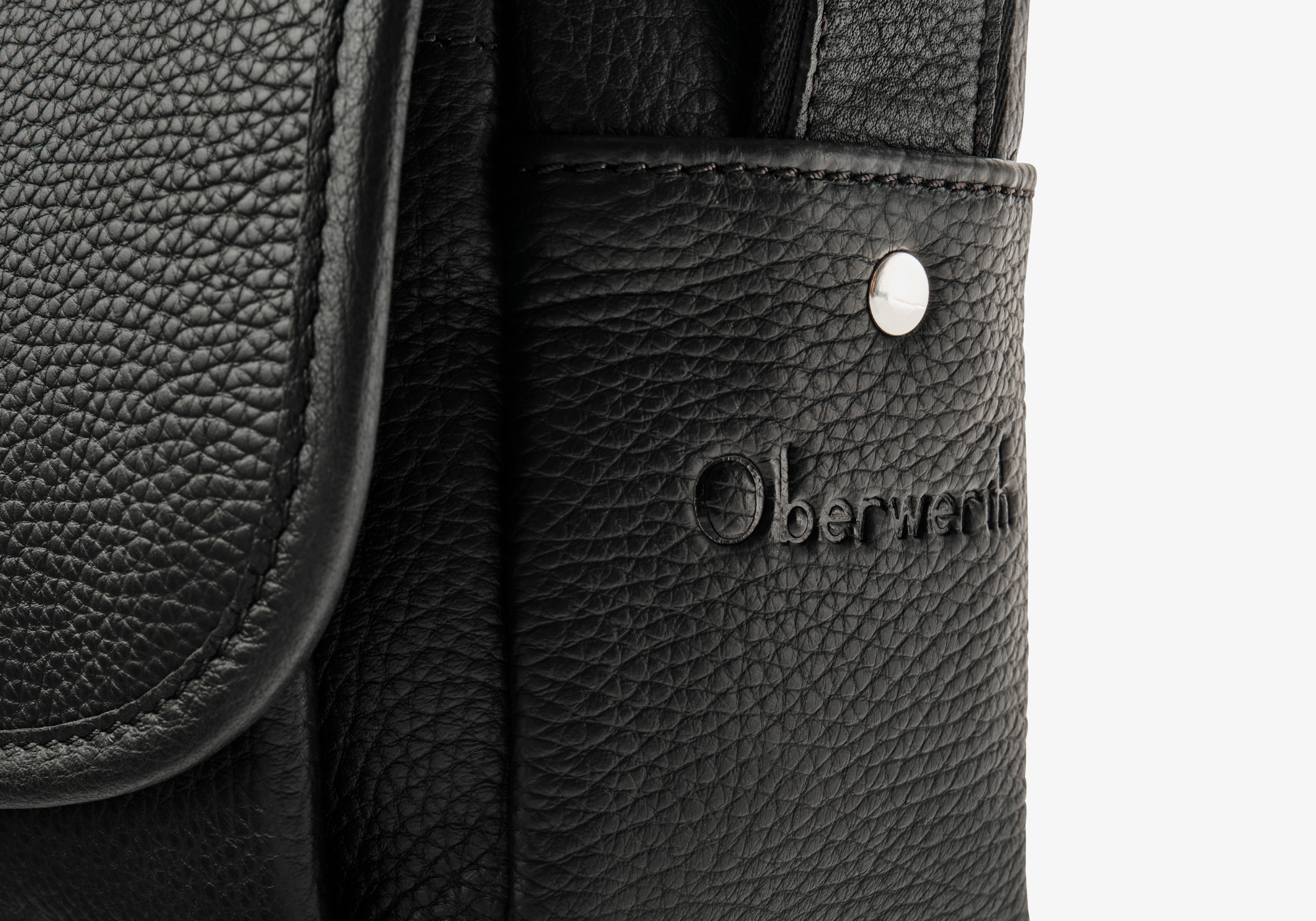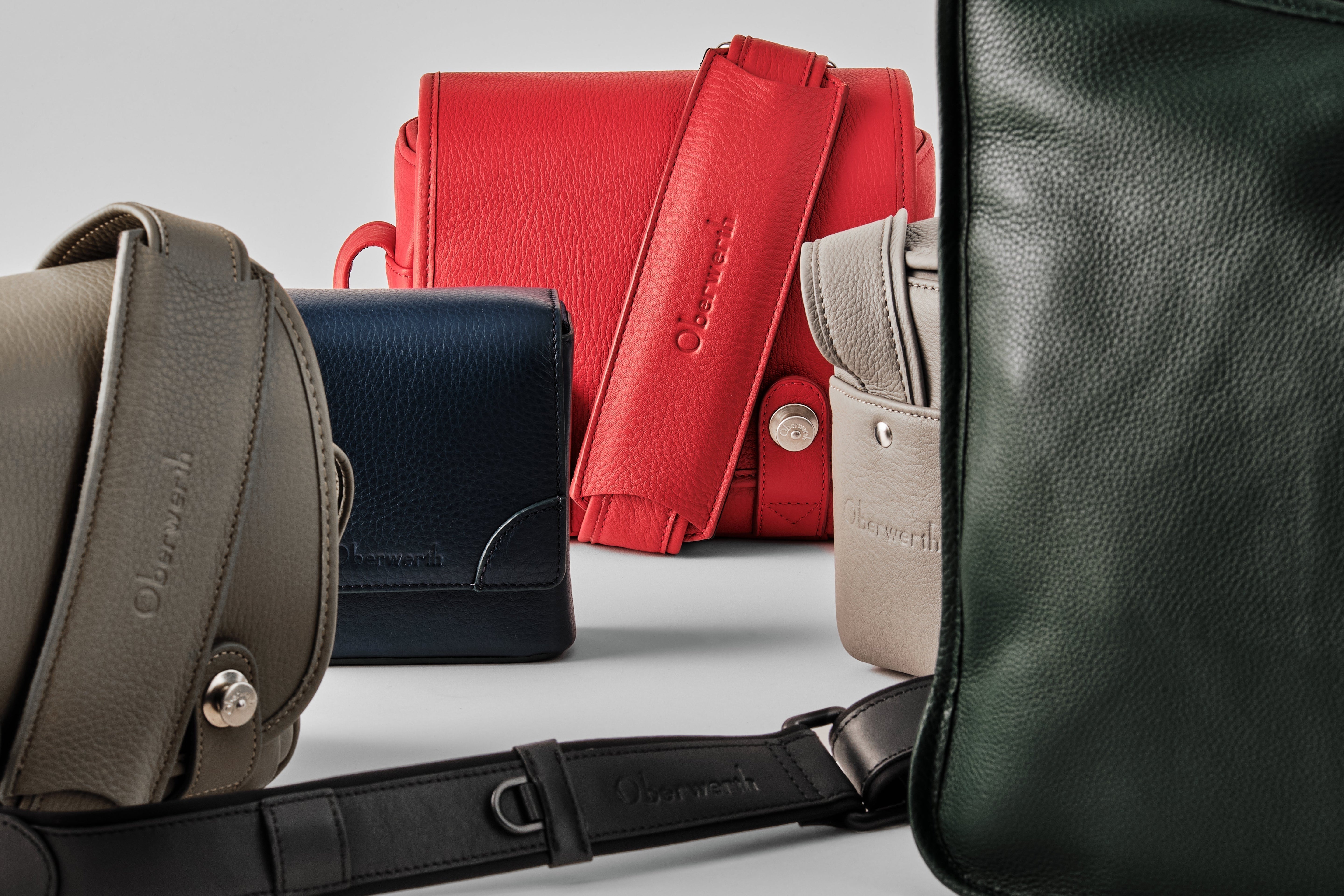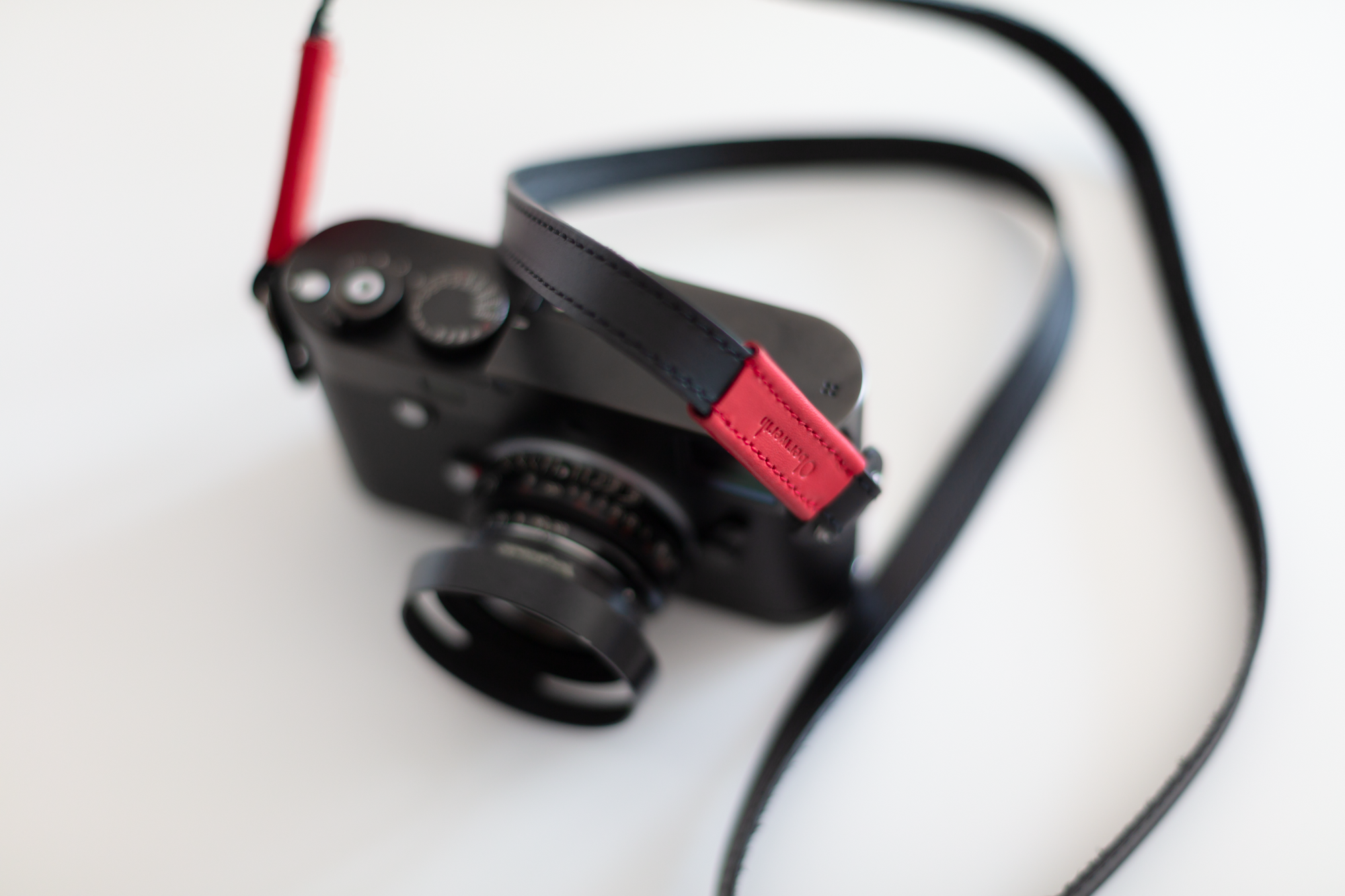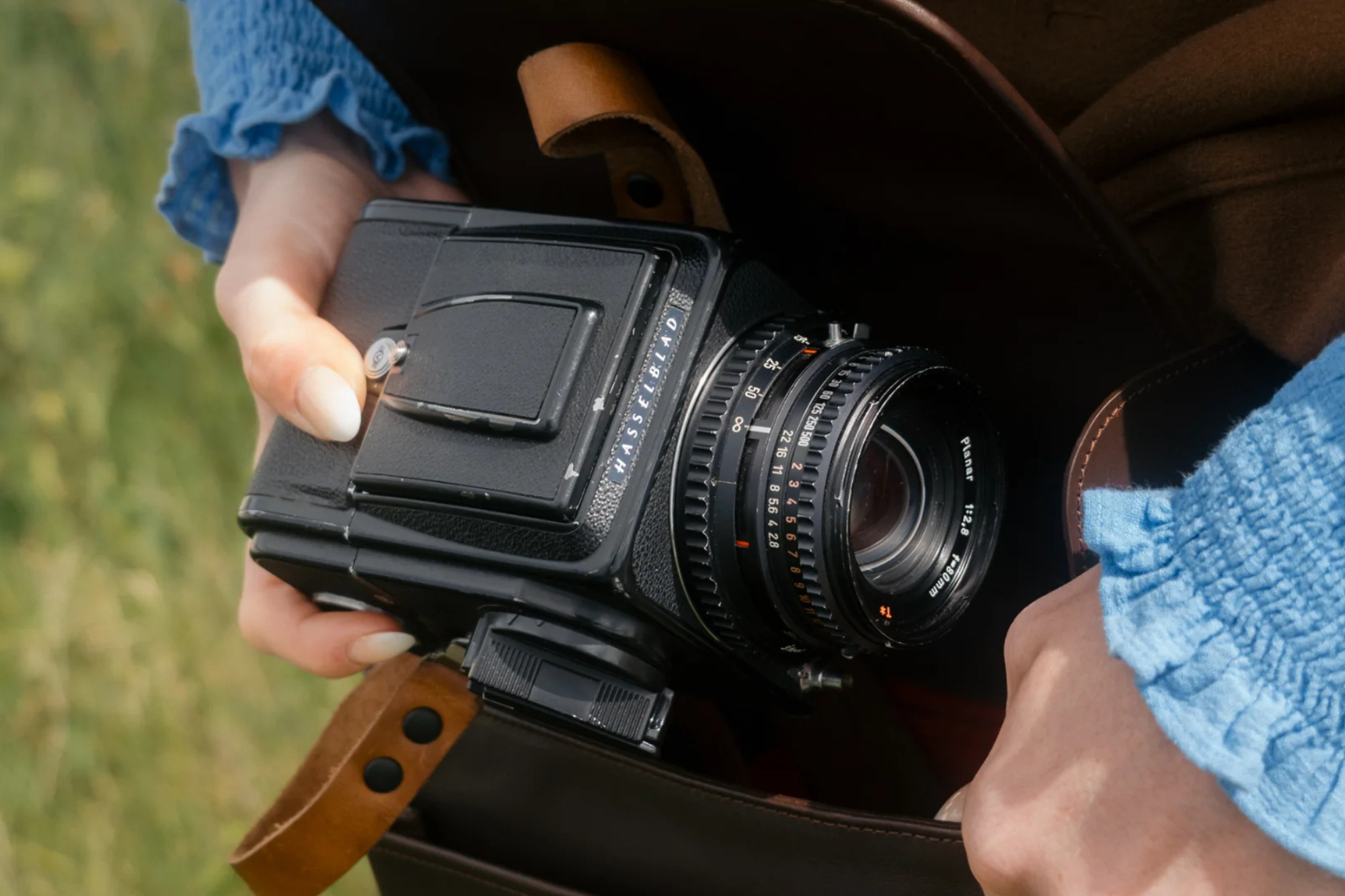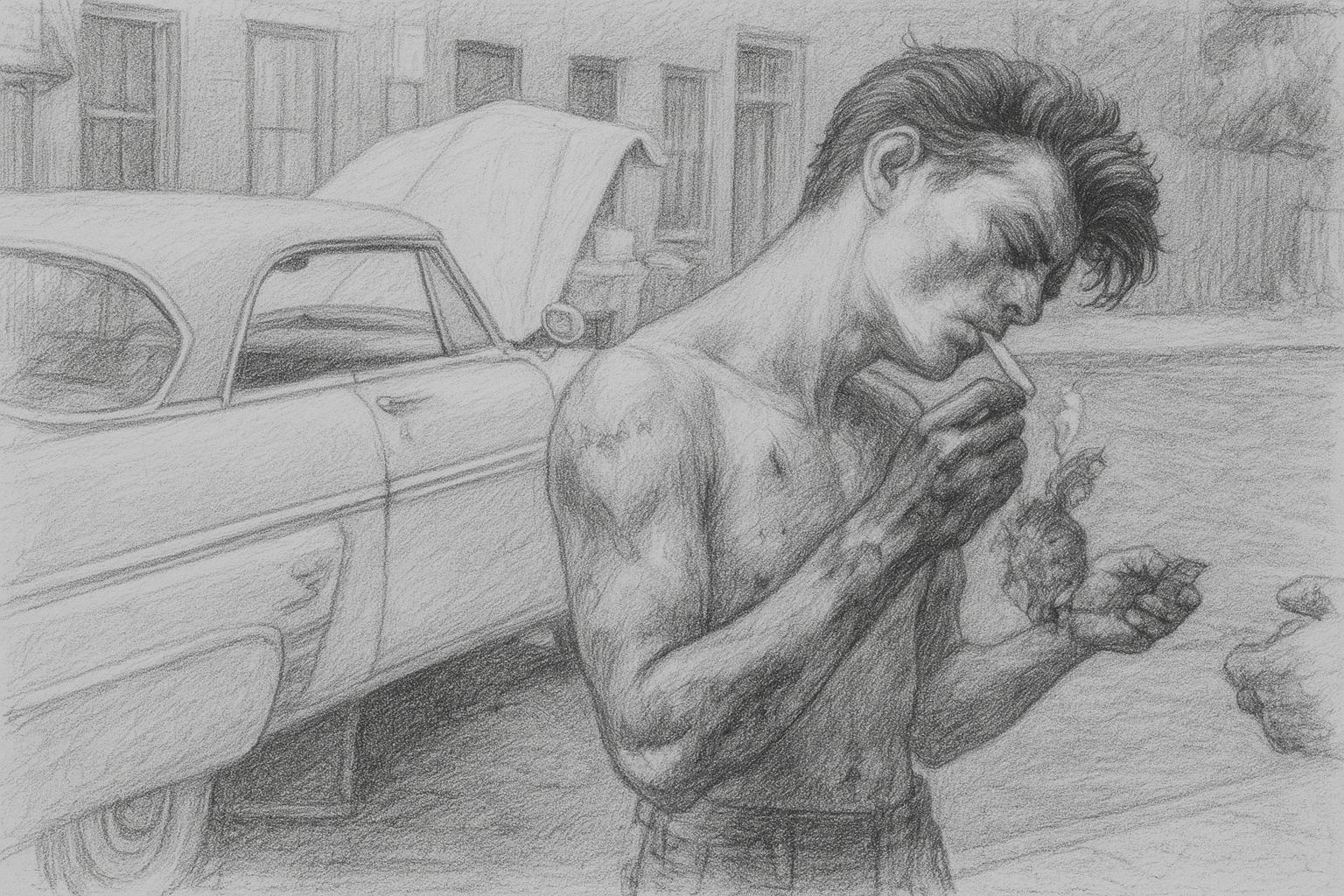
The streets and beyond: Bruce Davidson's New York
In challenging, difficult times, looking back to the past provides familiarity and creates a sense of security. So it is hardly surprising that nostalgia has become a major social and cultural trend in recent years. At first glance, the publication of a new photo book by Bruce Davidson by Steidl Verlag just at the beginning of 2025: "The Way Back" fits in with this. The book shows previously unpublished photographs from Davidson's major creative periods from the late 1950s to the early 1990s.
Many of his pictures were taken in New York, a place of longing for millions of people worldwide. However, these longings are primarily associated with the dazzling facets of the metropolis. However, Bruce Davidson always looked past these with his camera and focused on the everyday, less glamorous faces of the city. Both sides still exist in the Big Apple today, but in past decades, almost up to the turn of the millennium, the contrast was much more extreme. The old New York was as extraordinary as today's, but in a different way: often brutal, dirty and chaotic. In this respect, the new publication of Davidson's work hardly provides any nostalgic comfort. Instead, it shows that people's lives, in New York and elsewhere, have always been difficult and challenging.
The urban photography of Bruce Davidson
A large proportion of Davidson's pictures initially look like street photography. He shares a humanism, an interest in people and their lives, with other great representatives of the genre such as Steve McCurry or Garry Winogrand, but Davidson always approached them very differently from most street photographers. McCurry, Winogrand and many others preferred to go unnoticed when taking their pictures. Their presence and their camera should not influence the naturalness of a moment and affect it. Davidson, on the other hand, always wanted to be seen and become a part of the moment - even a part of the larger story behind it - in order to gain special access to the people and situations in his pictures.
Anyone who - like Davidson - works in the middle of the action needs a bag that combines freedom of movement and protection. A compact shoulder bag made of the finest leather, such as the Louis camera bag, keeps the camera and lenses safe, yet remains discreet enough not to attract attention in the hustle and bustle of the street.
For his work, the American photographer, born in Illinois in 1933, always packed a large-format camera and a tripod in his camera bags. Unlike Robert Frank and other New York photographers, Davidson's urban photography was not just a fleeting immersion in a scene. His well-known works include the development of the American civil rights movement, the tough world behind the scenes of a circus, everyday life in New York's subways in the 1980s and life in a social hotspot in New York. Davidson accompanied the people at the center of these topics on a daily basis for months, sometimes years. He succeeded in building relationships with them. He created trust, and soon people even wanted to be photographed by him and show their lives.
For example, in his probably best-known documentary photograph "East 100th Street", which captured life in a run-down block of houses in New York's Harlem district between 1966 and 1968, Davidson's photographs eventually became part of the backdrop themselves. The people he photographed there often asked him for prints of his portraits, and on his next visit he found them hanging on the walls of their apartments when he photographed them again. The people of Harlem saw Bruce Davidson as an opportunity to make the rest of the city and its leaders aware of their precarious situation. Despite his constant proximity to subcultures and people who were not exactly on the sunny side of life, or to controversial topics at the time such as the African-American civil rights movement's fight against racial segregation, Davidson never wanted to be an activist or be labeled as such. He also rejected criticism that he was exploiting the misery and violence on the streets of New York, pointing to his long-term commitment to the authenticity of his pictures. He only ever saw himself as a committed, interested observer who happened to have a talent for photography.
Bruce Davidson's influence on the world of photography
The American received his first photography award at the age of 16, which opened the door to a career as a professional photographer. Initially, it took a typical course. Dickinson photographed fashion spreads, worked for various companies, and eventually ended up as a photojournalist at "Life" magazine. The rest of his life would probably have been completely unspectacular, and the world would hardly have taken any notice of Davidson if the US military had not made use of his photographic talent. When he began his service, he was quickly asked to swap his weapon for a camera and was sent to Paris as a photographer. There, his life changed fundamentally when he met the most famous representative of his profession in the 20th century: Henri Cartier-Bresson.
Whether traveling or in everyday urban life - a hard-wearing camera bag with variable storage space protects your equipment while remaining lightweight. It will accompany you wherever stories unfold.
The Frenchman shaped the development of street and urban photography like no other early on. He was also one of the founding members of the legendary Magnum Photos agency in 1947. Cartier-Bresson influenced Davidson's further career, brought him to Magnum Photos, and awakened his interest in social and political themes or motifs. However, Davidson went his own way early on in his approach to these motifs. While Cartier-Bresson made the spontaneous pressure on the shutter release in street photography famous and created a monument to it with his photo book "The Decisive Moment", Davidson became a long-term observer. This approach later became particularly important in documentary film, but over the years also influenced fellow photographers such as Steve McCurry, also a member of the Magnum Photos team.
Although Magnum's photographers also take on commissioned work, they have primarily been documenting major historical events from a completely different, more intimate perspective than the majority of photojournalists in the major press agencies for three quarters of a century. In some cases, they follow Davidson's example and spend a long time immersed in the story whose details they want to tell. Steve McCurry once made a name for himself when he spent months photographing Afghanistan and Pakistan in local garb during the Soviet invasion. He took one of the most famous pictures in world history: the portrait of the Afghan refugee girl Sharbat Gula, taken in 1984 in Peshawar, Pakistan.
It is a picture in the style of Bruce Davidson. The girl looks into the camera deliberately and not just by chance like most other people portrayed in urban photography. There is a relationship between her and the photographer, a relationship of trust, that charges the picture with an impressive intensity. As an ambitious photographer, you too can benefit from building up this kind of relationship if you want to work in an urban environment or take portrait photographs. If you focus not only on camera technology or image composition, but also on the people in front of the lens, your pictures can gain an additional special quality.
For intensive work in the field, every movement counts - and safety. A leather camera strap with integrated cut protection ensures comfortable carrying and inconspicuous protection, especially in busy cities.








